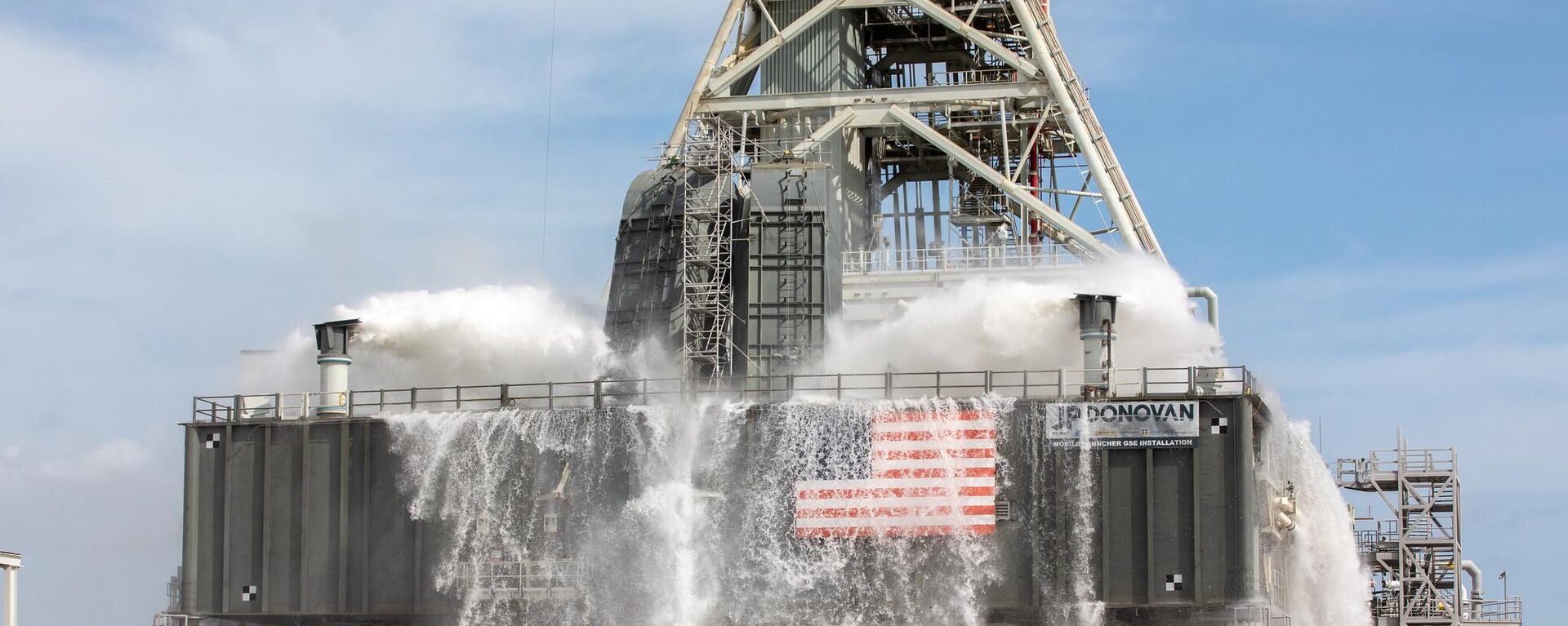https://sputnikglobe.com/20220727/beat-the-heat-by-traveling-to-the-moon-scientists-discover-pits-that-stay-63--all-year-1097868250.html
Beat the Heat By Traveling to the Moon, Scientists Discover Pits That Stay 63 ℉ All Year
Beat the Heat By Traveling to the Moon, Scientists Discover Pits That Stay 63 ℉ All Year
Sputnik International
If the heat wave is getting you down, you may want to consider spending some time on the Moon to cool off. Scientists have discovered pits on the lunar surface... 27.07.2022, Sputnik International
2022-07-27T21:42+0000
2022-07-27T21:42+0000
2022-08-06T13:32+0000
moon
technology
science & tech
https://cdn1.img.sputnikglobe.com/img/07e6/01/0f/1092276202_0:0:1920:1080_1920x0_80_0_0_7cfc44439ec79e6ecc5718c4b2944299.jpg
While the rest of the surface of the Moon fluctuates greatly, heating up to 260 F (127 C) and then dropping to minus 280 F (-173 C) through its 30-earth-day-long day/night cycle, the pits remain incredibly stable throughout.Scientists hope that the pits, some of which likely lead to empty lava tubes or caves, could be used as the location of a future moonbase. In addition to the comfortable temperatures, the pits and their potential caves would provide protection from solar radiation, cosmic rays, and micrometeorites.“About 16 of the more than 200 pits are probably collapsed lava tubes,” said Tyler Horvath, a doctoral student in planetary science at the University of California, Los Angeles, who led the research, which was recently published in the journal Geophysical Research Letters.Horvath looked at the pits, which were first identified in 2009, through a thermal camera. He focused on a depression that was 328 feet deep, roughly 100 yards long, and 30 yards wide in the region of the Moon called Mare Tranquillitatis. He and his fellow researchers then used computer modeling to determine the thermal properties of the rock and charted the pit’s temperatures over time.If, as they suspect, the pits contain caves or collapsed lava tubes, then they likely remain at a similar temperature, offering a large area that would be far closer to habitable than the rest of the lunar surface.Lava tubes also exist on Earth. They form when lava travels under cooled lava or when a crust forms on top of a river of lava. When the roof of these tubes collapses, it creates a depression like the pits the scientists are studying. That the Moon had significant volcanic activity has been known for decades, but Chinese samples sent back to Earth from its Chang’e-5 lander last year revealed it occurred much more recently than previously thought, about 2 billion years ago.The ancient lava flows on the Moon’s surface are also the reason why some parts of the Moon appear darker to our eyes.
https://sputnikglobe.com/20220720/nasa-says-looks-to-test-launch-artemis-moon-rocket-by-august-29-at-earliest-1097630498.html
Sputnik International
feedback@sputniknews.com
+74956456601
MIA „Rossiya Segodnya“
2022
Sputnik International
feedback@sputniknews.com
+74956456601
MIA „Rossiya Segodnya“
News
en_EN
Sputnik International
feedback@sputniknews.com
+74956456601
MIA „Rossiya Segodnya“
Sputnik International
feedback@sputniknews.com
+74956456601
MIA „Rossiya Segodnya“
moon, technology, science & tech
moon, technology, science & tech
Beat the Heat By Traveling to the Moon, Scientists Discover Pits That Stay 63 ℉ All Year
21:42 GMT 27.07.2022 (Updated: 13:32 GMT 06.08.2022) If the heat wave is getting you down, you may want to consider spending some time on the Moon to cool off. Scientists have discovered pits on the lunar surface that stay at a constant, cool 63 F (17 C).
While the rest of the surface of the Moon fluctuates greatly, heating up to 260 F (127 C) and then dropping to minus 280 F (-173 C) through its 30-earth-day-long day/night cycle, the pits remain incredibly stable throughout.
Scientists hope that the pits, some of which likely lead to empty lava tubes or caves, could be used as the location of a future moonbase. In addition to the comfortable temperatures, the pits and their potential caves would provide protection from solar radiation, cosmic rays, and micrometeorites.
“About 16 of the more than 200 pits are probably collapsed lava tubes,” said Tyler Horvath, a doctoral student in planetary science at the University of California, Los Angeles, who led the research, which was recently published in the journal Geophysical Research Letters.
Horvath looked at the pits, which were first identified in 2009, through a thermal camera. He focused on a depression that was 328 feet deep, roughly 100 yards long, and 30 yards wide in the region of the Moon called Mare Tranquillitatis. He and his fellow researchers then used computer modeling to determine the thermal properties of the rock and charted the pit’s temperatures over time.
If, as they suspect, the pits contain caves or collapsed lava tubes, then they likely remain at a similar temperature, offering a large area that would be far closer to habitable than the rest of the lunar surface.
Lava tubes also exist on Earth. They form when lava travels under cooled lava or when a crust forms on top of a river of lava. When the roof of these tubes collapses, it creates a depression like the pits the scientists are studying. That the Moon had significant volcanic activity has been known for decades, but Chinese samples sent back to Earth from its Chang’e-5 lander last year revealed it occurred much more recently than previously thought, about 2 billion years ago.
The ancient lava flows on the Moon’s surface are also the reason why some parts of the Moon appear darker to our eyes.
“Humans evolved living in caves, and to caves we might return when we live on the Moon,” said David Paige, one of the paper’s co-authors.


